Better Century’s step by step guide to an energy efficient home:
Are you ready to go on a journey to have an energy efficient home?
Perhaps you’ve already started making your home more energy efficient but don’t know what step to take next?
Have no fear, our Energy Efficient Home Guide is here.
Read on and start planning your journey.

Energy for heating homes makes up 25% of global greenhouse gas emissions. According to Committee on Climate Change in the UK we could reduce energy use in our homes by 25% through effective retrofitting of energy efficiency measures [5] resulting in a saving of £331 per average household. With the right energy efficiency measures and renewable energy installed in homes, alongside battery storage, a home could be 100% without energy from the grid.
The question is what should be done first and what has the most significant pay back?
We’ve gone about extracting information from various sources about how to make your house more energy efficient.

Step 1: Access current energy usage
Look at your bill and your energy performance certificate (required for UK properties when constructed, sold or let).
The energy performance certificate will give your house a rating and will give top recommendations on improving efficiency. In improving your energy rating experts project you will also increase the value of your property (see MoneySavingExperts analysis of this 1).
For your bill look at the kWh usage in the last year, or multiply this up from a recent month.
An average household in 2014 the average domestic electricity consumption per UK household was 4,000kWh and the average domestic gas consumption per UK household was 12,400kWh [2], with an average cost of £1,326 a year [3].
Don’t worry if you’re way over the average. There are a number of factors:
- The type, size, location and age of your home
- The levels of wall, floor and loft insulation
- The external wall area and windows area
- The efficiency of the appliances and lighting
- The occupants behaviours and use of the home
Step 2: Adapt behaviour
You should probably figure out whether changing behaviour can have a massive difference to your energy bill before going to great expense on making improvements. Here’s some top recommendations from the Energy Saving Trust [1]:
- Turn devices off stand by (saving £30 a year on average).
- Switch devices off standby saving £30 a year.
- Use devices in your kitchen more effectively by cutting back on washing, boiling only the water you need in your kettle and cutting back use of washing machine.
- Get in control of your heating; ensure heating is only on when you’re there and keep the heat at a minimum.

Step 3: Install low cost tech and draft proof
You may want to install low cost technology and draft proof to see what impact it has on your overall bills. It could make quite a significant difference and is a good step to take before making more significant investment:
- Install LED light bulbs in your home – cost £100 for an average household with a £35 a year pay back [1}
- Install a water efficient shower head and spend less time in the shower saving up to £80 a year [1]
- Draft proof windows, doors, floor boards, skirting boards, and install a chimney draft excluder, costing £200 if done professionally, but saving you £20 a year [1]
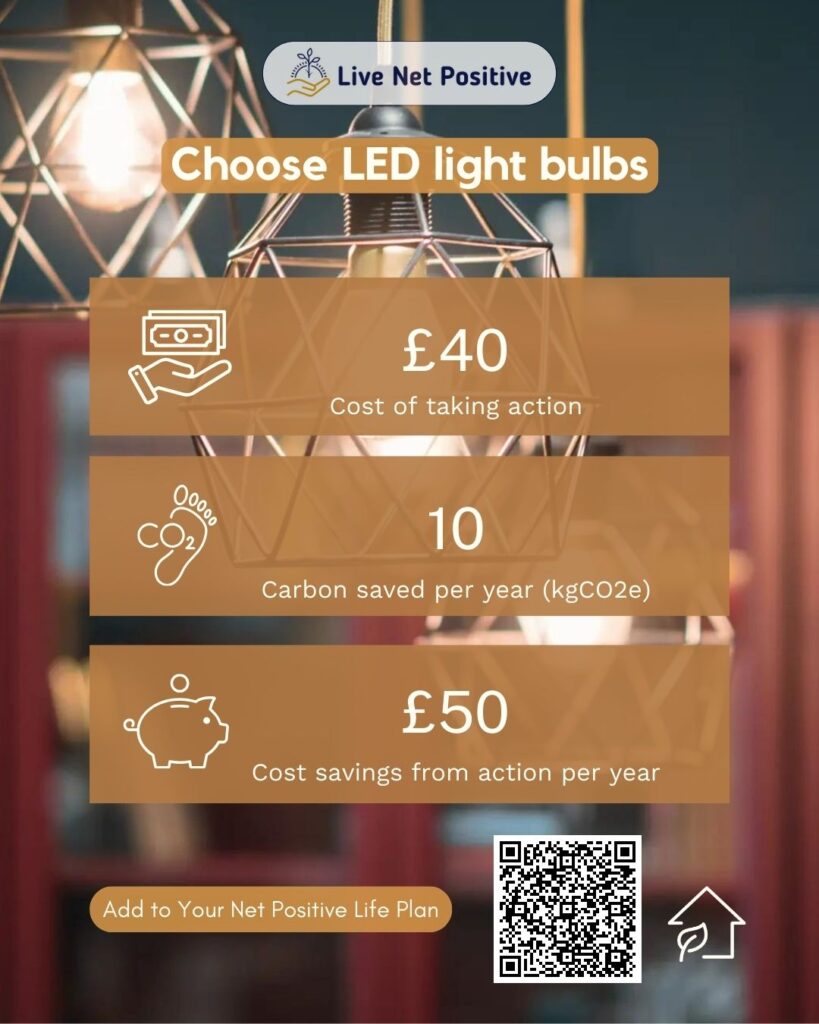
Step 4: Get more information
What you need now is more information about what is consuming energy in your house and where you are losing energy.
Check out some of the common places where we are losing energy (since you’ve already done the draft proofing):
- Windows: check whether your windows are double or triple glazed.
- Boiler: If you’ve got an old boiler then you can make significant savings [1]
- Check insulation in the attic: This is the most common place to be losing energy (good information here on the energy saving trust) 5
- Electric heaters: If you have electric heating devices these can be a major pull on energy. See if turning them off for a week or two in the summer makes a major difference then if it does replace them.
The other thing you may want to do at this stage is get a Smart Meter. Energy companies are often offering these free. It will help you in a number of areas:
- Access when you are expending a lot of energy so you can figure out what things are drawing on the energy.
- Ensures billing is correct.
- Allow you to control your energy outside of your house.
If you want to go further then you could employ an expert to give you advice about how to improve energy efficiency in your home. An expert would survey your home and then give you advice about where to make improvements as well as suggestions on who to use locally. This can be invaluable to those who are extremely busy.

Step 5: Install sizeable energy efficiency measures
If you feel you can save a lot of money by correcting your house through energy efficiency measures then you should. The common forms of energy efficiency measures include:
- Triple glazed windows
- Insulation (roof & loft, cavity wall, solid wall, insulating tanks)
- Replacing heating system
There is good information on the energy saving trust about each of these mechanisms.
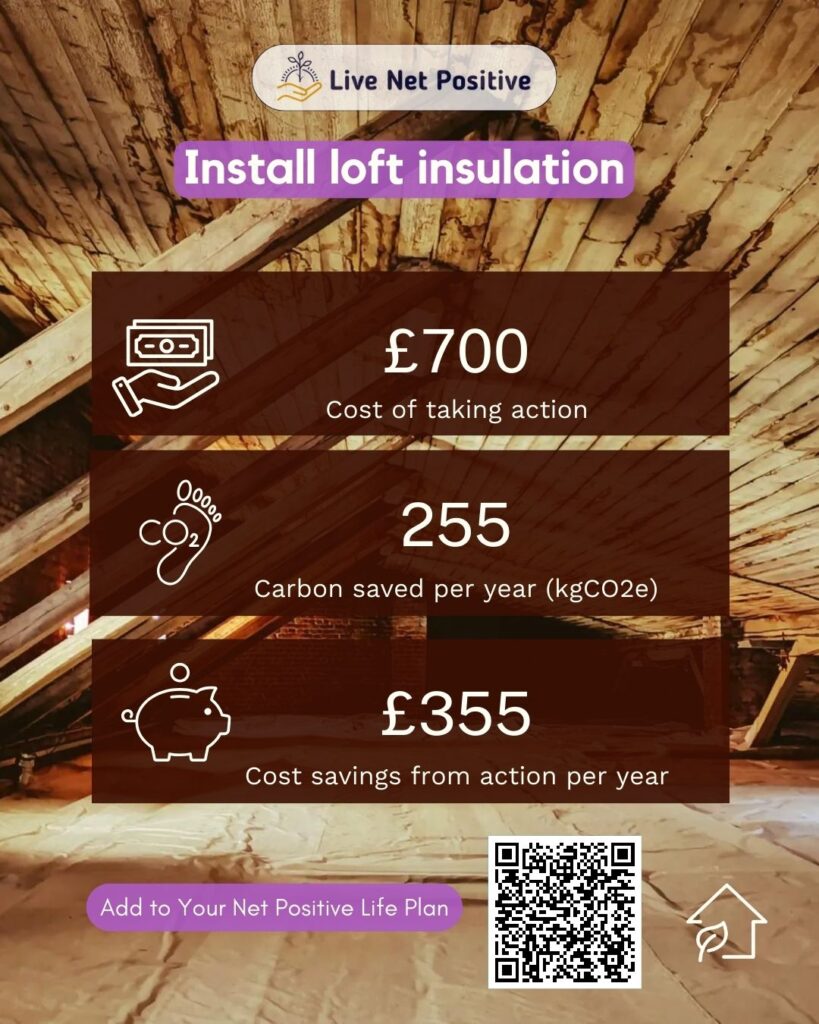
Step 6: Install renewable energy at home
Installing renewable energy at home can improve your energy performance certificate, and therefore increase the value of your house. 1 There are numerous renewable energy’s you could install at home, which will all be discussed at Better Century (see solar here, air source heat pump here)
The following you should consider (useful information on energy saving trust on each 2):
- Heating: Solar, Ground Source, Air Source, Biomass, Thermal Stores
- Electricity: Solar, small wind, micro-CHP
In addition to each of these there is the ability to install batteries or use electric vehicles to ensure you optimise the energy you produce.
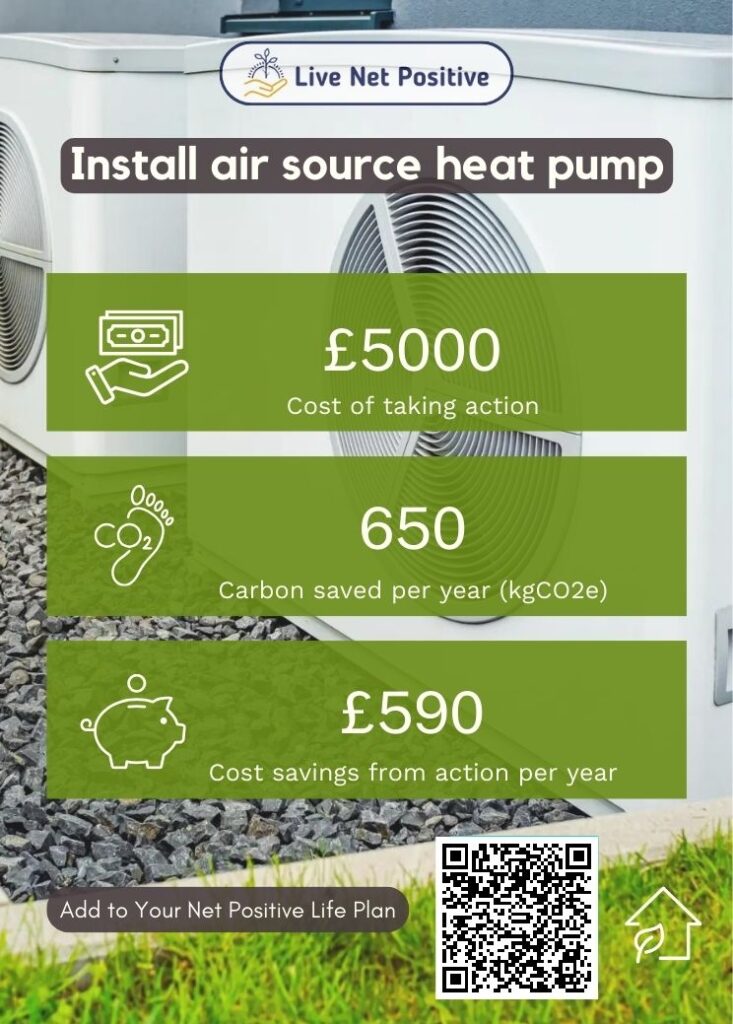
Step 7: Replace energy rich devices with new tech
Fridges, freezers, washing machines, dishwashers as well as boilers are obvious things to get better versions of when you replace them. Each has an energy rating allowing for you to easily make savings on energy.
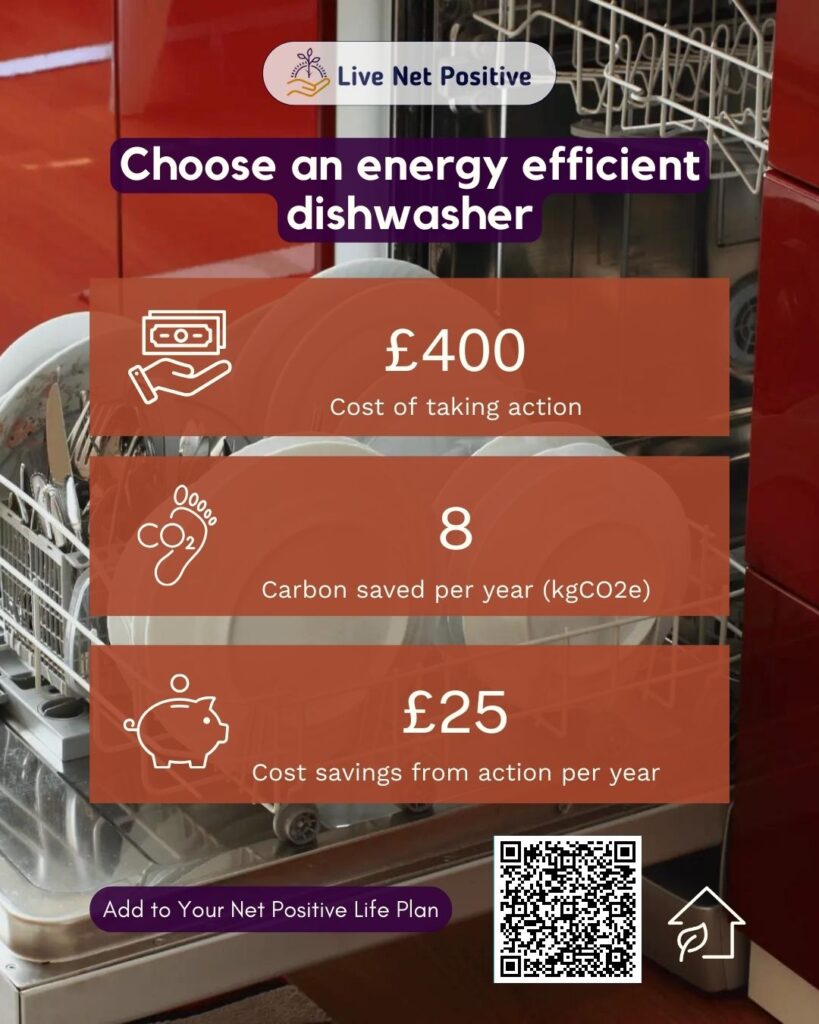
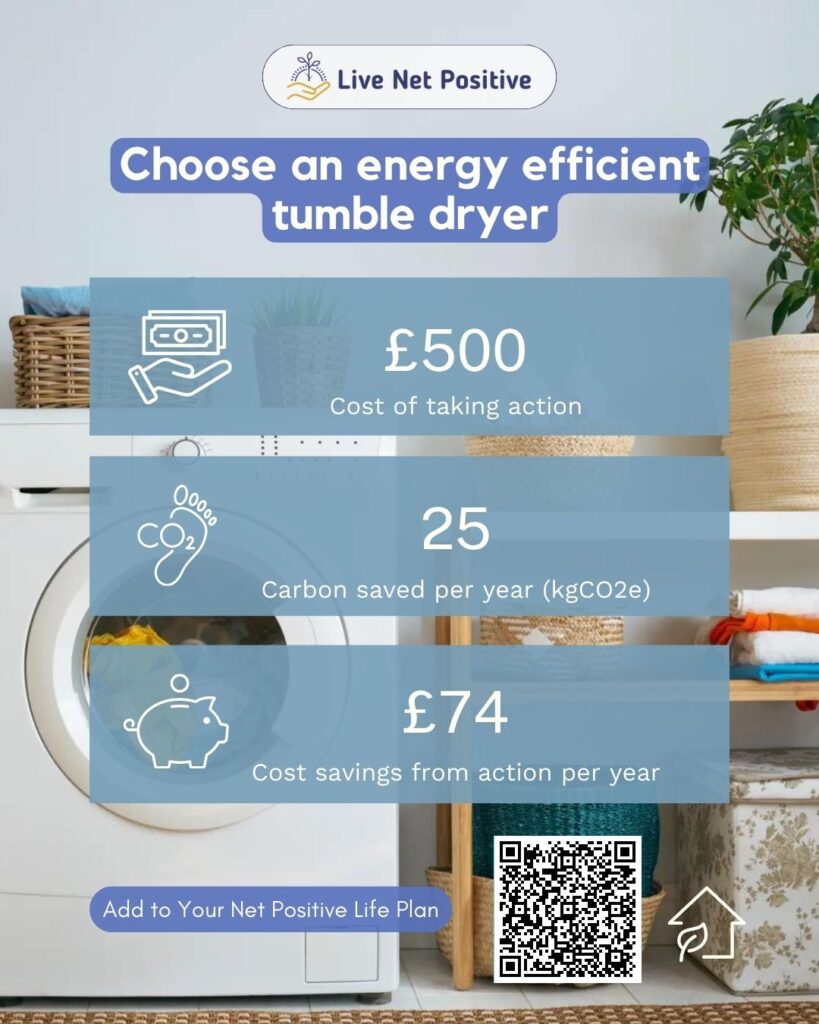
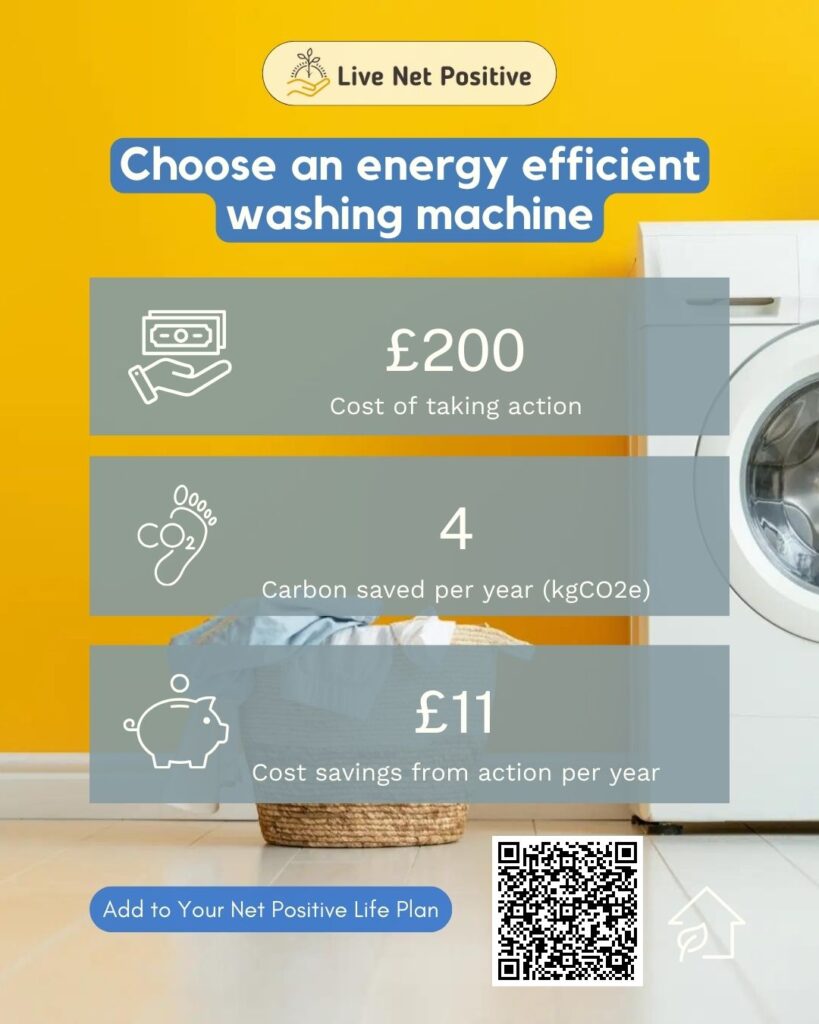
References
[1] Energy Saving Trust Quick tips to save energy at home – Energy Saving Trust 3 [2] Department for Energy and Climate Change [3] Ofgem [4] EPA Report on Emissions https://www.epa.gov/sites/production/files/styles/medium/public/2016-05/global_emissions_sector_2015.png [5] The Committee on Climate Change Forth Review Budget (2013) The Fourth Carbon Budget Review – part 2: the cost effective path to the 2050 target – Climate Change Committee